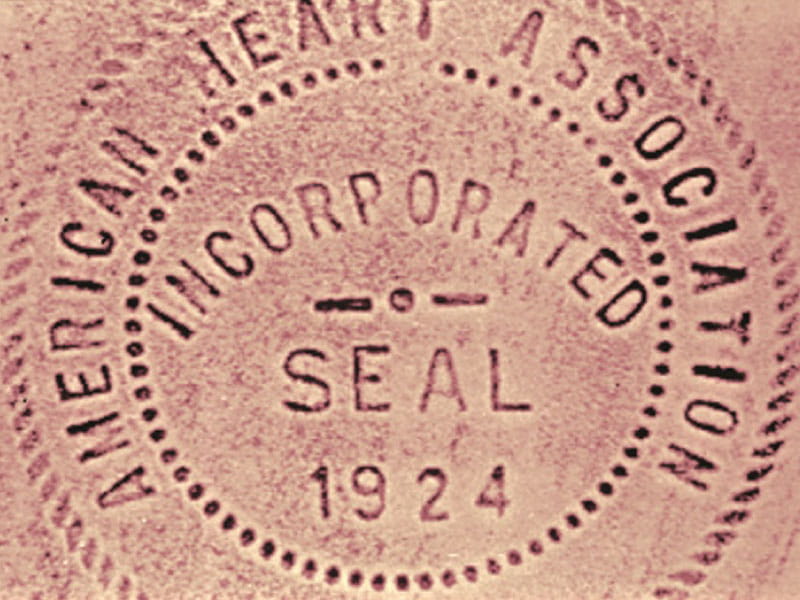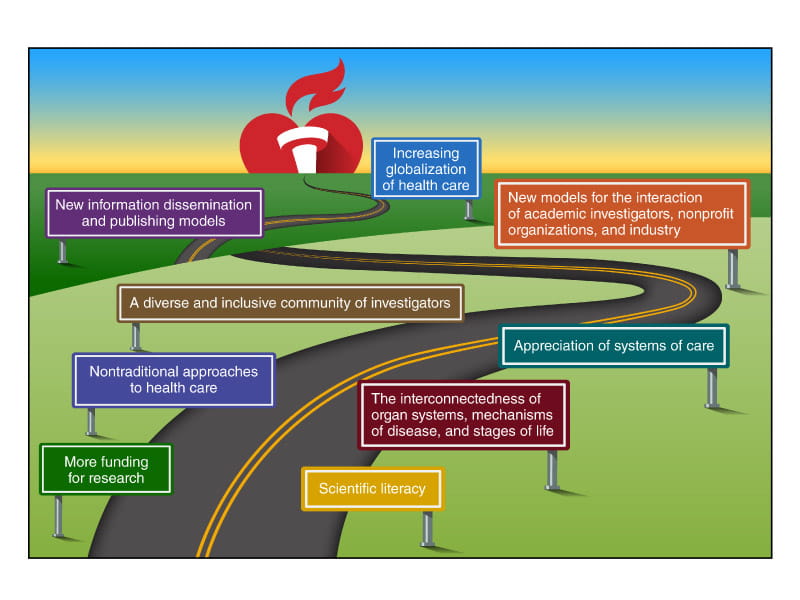Well your subsidiary, ASA, is a complete failure at getting research done to 100% recovery. I don't even see that as a goal of theirs. So they need to be destroyed and run by survivors!
What it takes to be 'relentless'

From its founding in 1924, the American Heart Association had a big job ahead: to shed light on the cardiovascular system and better fight heart disease.
This week in the AHA's flagship journal, Circulation, a presidential advisory examines how the organization started and how it's going. The authors — 14 AHA presidents whose yearlong terms date as far back as 1989 — also anticipate some tantalizing developments and crucial challenges for the next 100 years.
With a mission to be a relentless force for a world of longer, healthier lives, the AHA has been a leading player in numerous realms in the fight against stroke, heart disease and related conditions, the authors note.
A chief concern when the AHA was founded was the growing toll of rheumatic heart disease. The organization's initial focus on heart disease and its prevention expanded to active promotion of heart health.
Over the years the AHA widened its cardiovascular disease lens to brain health — starting with stroke and now encompassing dementia and mental well-being. It has also dug deeper to understand and address social factors in health and to promote equity in health care for all.
Even as the structure of the AHA has evolved over a century, scientific and medical discovery has always been at the forefront. In 2022, the Association passed a key milestone – funding over $5 billion in scientific research since 1948.
"The foundation of the AHA was, and remains, the science that describes causes, prevention, diagnosis, and treatment of cardiovascular disease," the authors note.
Numerous scientific, medical and technical developments have made possible both a more holistic and more granular understanding of cardiovascular disease. These include insights from the Human Genome Project; advances in imaging, population studies, computing and statistical science; and the growing understanding of social and structural factors that contribute to disease.
At the same time, the AHA has been a leader in setting the agenda for public health, including numerous advisories on smoking, diet, physical activity, blood pressure and other topics — culminating in a framework of seven, then eight, essential factors in cardiovascular health and disease prevention.
The advisory's authors also envision various milestones ahead for cardiovascular science, including a diverse community of scientists, nontraditional approaches to health care, and increasing globalization of care. "As past presidents of the AHA, we look forward to an exciting second century of this impactful organization, led by the next generation of leaders," they wrote.

No comments:
Post a Comment